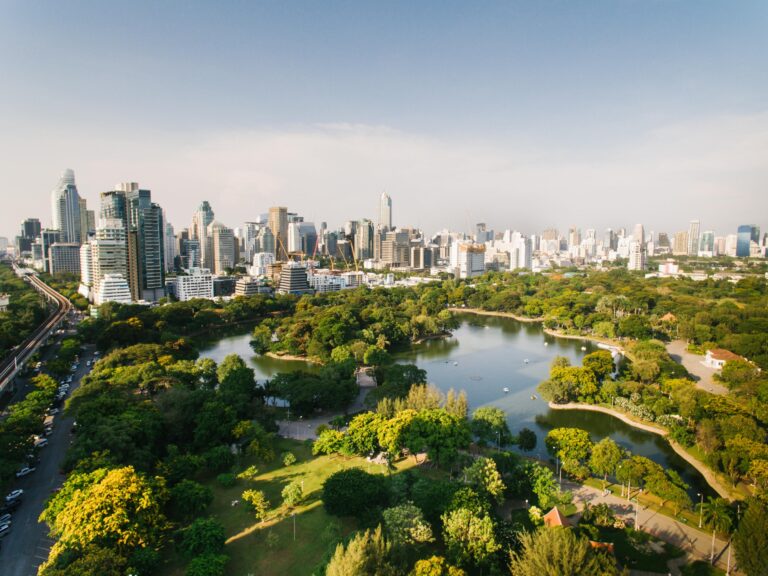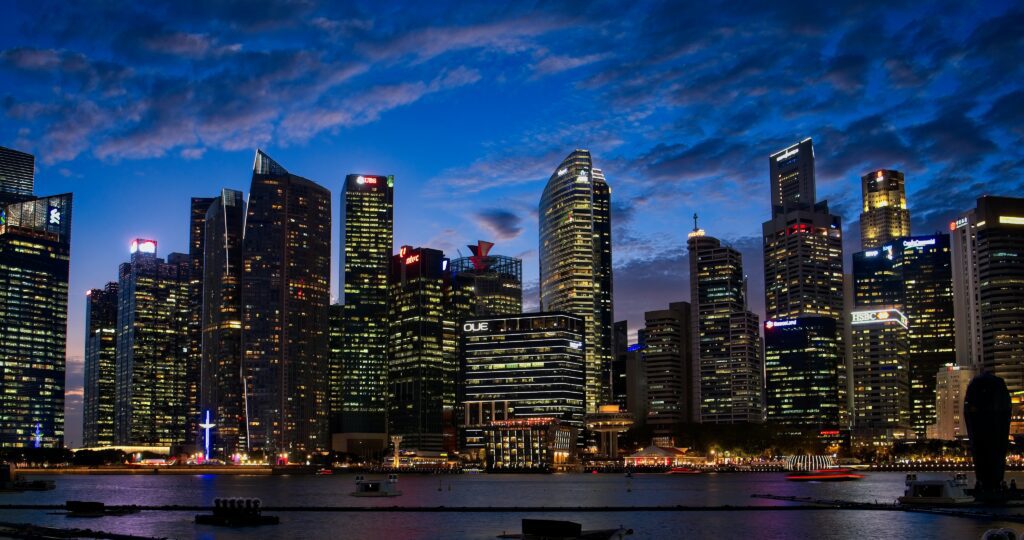The Trend To Move Manufacturing To South East Asia
First published: March 2023

Danny Ramon
Intelligence & Response Manager
Geopolitical tensions
If business leaders were still blind to the vulnerability of their supply chains after the pandemic, the Russia- Ukraine war has surely opened their eyes to what political risk can actually amount to. Sanctions against Russia have heavily impacted markets across the world, even though Russia’s economy is only about as large as Italy’s. Any disruption in trade with China would be much more impactful given its size and deep integration into the global economy. The geopolitical rivalry between China and the United States has already been the source of protectionism and trade barriers. In October, the Biden administration announced new rules that would ban the export of semiconductors and associated technologies to China in an effort to undermine China’s chip industry. Business leaders in the semiconductor and telecommunications industry are the first ones to realize that trade is increasingly being disrupted by political priorities, rather than economic ones.
As geopolitical tensions increase, so are the regulatory and reputational risks of doing business in China. Therefore, more and more companies are looking to relocate most, if not all, of their manufacturing towards countries that carry less political risk. Such strategies have been called onshoring or nearshoring, which seeks to bring supply chains closer to home, and “friend-shoring’’, which aims to shift manufacturing and sourcing to countries with shared values, at least when it comes to economics and trade.
Regional Supply Chain Risks
Despite the clear opportunities in SEA, the region also poses challenges and unique supply chain risks. While the operational risks in China are relatively low, the risk of cargo integrity being compromised, cargo theft and delays are significantly higher in SEA. Although each country in SEA has a different risk profile, there are a number of common issues. For example, countries in SEA can broadly be characterized by high levels of petty crime compared to other Asian countries. Some forms of crime particularly target cargo, such as the “bajing loncat”-tactic (literally “jumping squirrel”), where thieves steal cargo from trucks that get stuck in Indonesia’s notorious traffic jams. Cargo theft is also being reported in rural areas, such as the hijacking of trucks that carry palm oil from plantations in Sumatra.
Another common form of crime that affects supply chains in SEA is piracy. Piracy incidents in the Singapore Straits have continued to increase, with 31 reports in the first nine months of 2022. The incidents include large vessels and tankers being boarded by armed robbers. Fortunately, these incidents are low-level opportunistic crimes, rather than crew kidnappings or vessel hijackings. Some countries in SEA also suffer from weak law enforcement and high levels of corruption, which causes organized crime to thrive in areas such as the ‘Golden Triangle’, the drug production hub that sits between the porous borders of Thailand, Laos and Myanmar. The smuggling of heroin and methamphetamine (which is often mixed with caffeine in the form of “yaba”) poses a threat to cargo integrity when the drugs are hidden amongst manufactured goods in shipping containers. Drug trafficking has become a growing problem since the 2021 military coup in Myanmar, when the military shifted its priorities from preventing drug trafficking to fighting numerous rebel groups across the country. At the same time, many of these rebel groups have turned towards drug trafficking as their main source of funding.
Finally, companies that operate in SEA are not entirely shielded from the same geopolitical forces that can affect
operations in China. A continuation of China’s zero-Covid policy or an intensification of the US-China trade war
would lead to shortages of raw materials in the producer countries of SEA, where ports would suffer equally or even
more from disputes in the South China Sea, not to mention the potential of a Malacca Strait blockade. Even when
geopolitical tensions do not lead to forms of economic warfare or open conflict, countries in SEA will have a tendency
to adopt hedging strategies vis-á-vis major powers, which could cause sudden policy shifts that disadvantage certain
foreign companies. If you cannot be certain that your friends will stay by your side, the idea of friend-shoring
becomes problematic.
China
China’s economy has experienced the fastest sustained expansion for its size in history. After China joined the WTO in 2001, global trade blossomed. Companies around the world relocated their production to take advantage of the country’s rapidly improving transportation infrastructure and its skilled but cheap workforce.
Although China can still be considered the factory of the world, this honeymoon period seems to be ending. Increasingly, the Chinese Communist Party (CCP) is showing its willingness and capacity to intervene in the country’s economy. China’s zero-Covid policy is a prime example of this, Li Qiang, who presided over the Shanghai lockdown that caused backlogs at the world’s largest container port, was promoted and even skipped a rank in the CCP hierarchy. Around the same time, 12 million people were sent back into Covid-19 lockdown in the iPhone manufacturing hub of Zhengzhou.
Southeast Asia
Many of the popular destinations for friend-shoring are countries in Southeast Asia (SEA), including Thailand, Vietnam, Malaysia and Indonesia. The countries of SEA’s peninsula are often referred to as the “tiger cub economies”, because they attempt to follow the same export-oriented policies that have proven to be successful in Hong Kong, Singapore, Taiwan and South Korea. They share an abundance in natural resources, infrastructure improvements, low-cost labor and favorable demographic trends. Additionally, they share a strategic location astride the Malacca Strait, the world’s second busiest shipping channel.
Future infrastructure projects are promising to make the region even more enticing for foreign investors. Singapore, which is already the world’s most competitive trans-shipment hub, is investing $14 billion to build the world’s biggest automated port by 2040 – ultimately doubling its current capacity with the help of new technologies such as driverless vehicles and improved information systems that use electronic bills of lading. Another promising infrastructure project is the Malacca Strait bypass, which is a plan to build a land bridge connecting two new deep sea ports on either side of the narrowest part of Thailand, known as the Kra Isthmus. The idea is over 300 years old, but used to involve the dredging of a Suez-like canal. Instead, the new plans envision a 90-kilometer highway, railway and oil pipeline that link the Gulf of Thailand to the Andaman Sea. Current estimates suggest that the bypass could reduce shipping time by more than two days when it is completed. However, for now it remains unclear whether or not the project will go ahead, with calls for investment closing in 2023.
Concluding Thoughts
Companies that are considering to diversify or relocate their supply chain to SEA will have to carefully assess the costs, risks and benefits. Supply chain planners and logistics managers will have to review risk benchmarks for each country to make informed decisions.
While Vietnam might score high in terms of long-term political stability, risks of electricity shortages and labor activism might make it score lower overall than Malaysia or Thailand, which have higher labor costs. Such a review should include benchmarks such as regulatory and reputational risk, since China is not the only country in the region that is adopting more inward looking and autocratic policies, nor is it the only country in the region with a poor human rights record. Ultimately, such an assessment should also determine to what extent these risks can be mitigated or avoided.

Lumphini Park, Bangkok, Thailand





